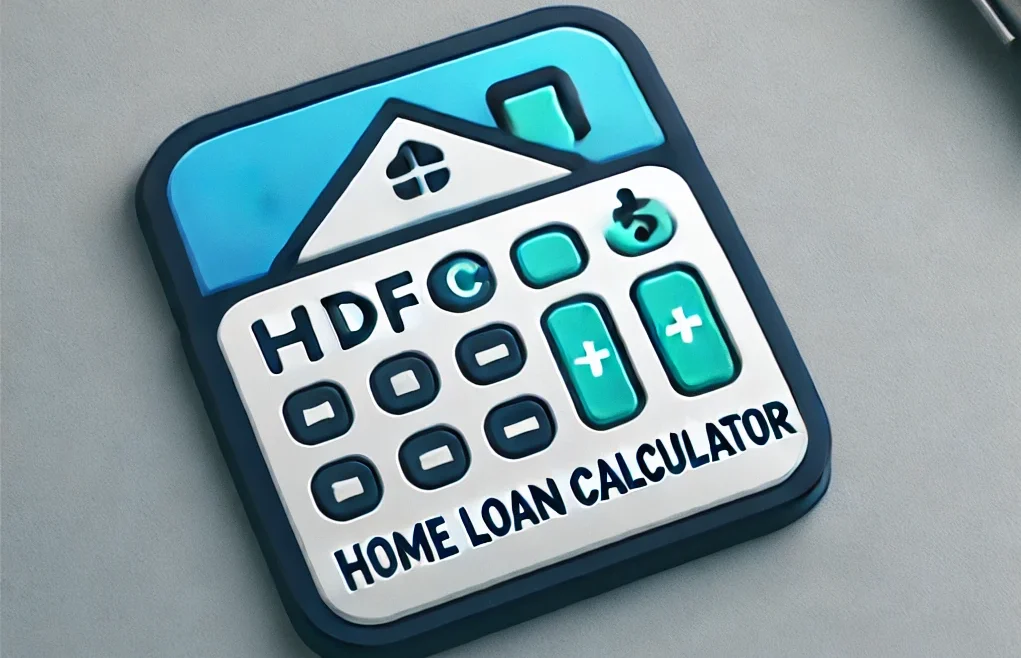When applying for a home loan, one of the most critical decisions you’ll face is choosing between fixed and floating interest rates. Both options have their advantages, and the right choice depends on your financial situation, risk tolerance, and market outlook. In this guide, we will explore the differences between HDFC’s fixed and floating interest rates, helping you decide which option suits you best.
Understanding Fixed Interest Rates
What is a Fixed Interest Rate?
A fixed interest rate remains constant throughout the loan tenure. Once set, the rate will not change, regardless of market fluctuations or RBI policy updates. This type of interest rate offers stability, allowing borrowers to plan their finances without worrying about future rate hikes.
Key Features of HDFC Fixed Interest Rates
- Rate Stability: The interest rate remains the same throughout the loan term.
- Predictable EMIs: Your monthly EMIs (Equated Monthly Installments) will remain consistent, making it easier to budget.
- Best for Long-Term Planning: Fixed rates are ideal if you prefer certainty over potential cost savings.
Advantages of Fixed Interest Rates
- Financial Certainty: Since the interest rate doesn’t change, you know exactly how much you’ll pay each month.
- Protection from Rate Hikes: If the market interest rates rise, your rate remains unchanged, saving you money in the long run.
- Better for Risk-Averse Borrowers: Fixed rates are suitable for those who prefer stability and don’t want to risk fluctuations in their EMIs.
Disadvantages of Fixed Interest Rates
- Higher Initial Rates: Fixed interest rates are usually higher than floating rates at the beginning of the loan.
- No Benefit from Rate Cuts: If market rates drop, you won’t benefit from lower interest costs unless you switch to a floating rate.
Understanding Floating Interest Rates
What is a Floating Interest Rate?
A floating interest rate is linked to the market interest rate, which is influenced by factors such as RBI’s repo rate changes and overall economic conditions. As a result, floating rates can increase or decrease over time, affecting your EMIs.
Key Features of HDFC Floating Interest Rates
- Market-Linked Rates: Floating rates fluctuate based on market conditions.
- Variable EMIs: Your EMIs can change depending on whether interest rates rise or fall.
- Opportunity for Lower Rates: If the RBI cuts interest rates, your loan interest rate may decrease, lowering your monthly EMIs.
Advantages of Floating Interest Rates
- Potential Cost Savings: When interest rates fall, floating-rate borrowers benefit from lower EMIs.
- Lower Initial Rates: Floating rates tend to be lower than fixed rates at the start, offering short-term savings.
- Flexible Prepayment: Many floating-rate loans have no prepayment penalties, making it easier to repay the loan early and save on interest.
Disadvantages of Floating Interest Rates
- Unpredictable EMIs: With fluctuating rates, your monthly payment could increase, making it harder to budget.
- Risk of Rate Hikes: If the RBI raises interest rates, your loan repayments may increase, leading to higher overall costs.
HDFC Fixed vs Floating Interest Rates: A Comparative Analysis
| Feature | Fixed Interest Rate | Floating Interest Rate |
|---|---|---|
| Interest Rate Stability | Remains constant throughout the loan term | Varies based on market conditions |
| EMI Payments | Fixed, predictable | Variable, can increase or decrease |
| Rate Protection | Protected from rate hikes | No protection, subject to market changes |
| Initial Interest Rate | Usually higher | Lower at the start |
| Prepayment Charges | May have charges | Often has no charges |
| Best For | Risk-averse borrowers | Borrowers who can tolerate risk |
Which Option is Right for You?
Choosing between fixed and floating interest rates depends on several factors, including your financial situation, market outlook, and personal preferences. Here are some considerations to help you make the right decision:
Opt for Fixed Interest Rates If:
- You Prefer Stability: If you want consistent EMIs and a stable financial plan, a fixed interest rate is the better option.
- You’re Risk-Averse: If you don’t want to worry about potential interest rate hikes or fluctuations, fixed rates provide peace of mind.
- You’re Borrowing in a Rising Interest Rate Environment: If market rates are expected to increase, locking in a fixed rate can save you from future hikes.
Opt for Floating Interest Rates If:
- You Can Tolerate Risk: If you’re comfortable with the possibility of fluctuating EMIs and interest rates, a floating rate may work for you.
- You Want to Benefit from Rate Cuts: If market rates are expected to decrease, a floating rate allows you to take advantage of lower interest rates.
- You’re Looking for Lower Initial Costs: If you want to start with lower EMIs and are flexible with future changes, floating rates offer short-term savings.
Frequently Asked Questions (FAQs)
1. Can I switch from a fixed to a floating interest rate, or vice versa?
Yes, HDFC allows borrowers to switch between fixed and floating interest rates during their loan tenure. However, there may be conversion fees or other costs associated with the switch.
2. Which type of interest rate is more popular in 2024?
As of 2024, many borrowers prefer floating interest rates due to the potential for RBI rate cuts, which could lead to lower EMIs. However, risk-averse borrowers still opt for fixed rates to secure long-term financial stability.
3. Are fixed interest rates higher than floating rates?
Typically, fixed interest rates are higher than floating rates at the start. However, they offer protection from future rate hikes, which could save you money in the long run.
Conclusion
Choosing between fixed and floating interest rates for your HDFC home loan is a crucial decision that depends on your risk appetite and market expectations. If you value stability and predictability, a fixed rate may be right for you. On the other hand, if you’re willing to take on some risk for potential savings, a floating rate could be more suitable. Evaluate your financial goals, market conditions, and long-term plans before making a decision.

